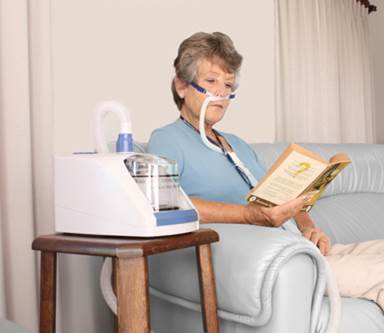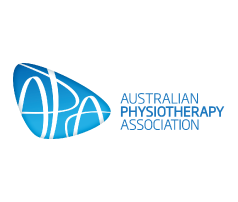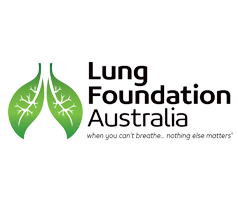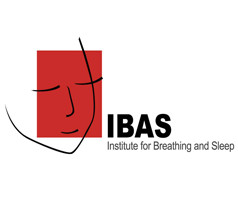Hydration and Humidification
The effectiveness of the mucociliary escalator is dependent on appropriate temperature and moisture levels within the airway (Williams et al 1996).
Optimum functionality of mucociliary clearance requires a temperature of 37 °C and an absolute humidity of 44 mg/dm³ corresponding to a relative humidity of 100%. Humidity levels below 50% change the particle size making the mucociliary escalator less effective (Williams et al 1996). The ciliary cells suspend their transport function facilitating pulmonary infection. Airway humidity can be affected by numerous causes, such as infection, tracheostomy, long term oxygen therapy, airline travel, altitude, air conditioning and some medications.
Strategies to assist with airway hydration/humidification at home:
Nose breathing – patients should be encouraged to nose breathe as much as possible
Appropriate fluid intake – patients should be encouraged to drink adequate fluids (unless on fluid restrictions) – it is estimated that a 60 kg person may need at least 2L of fluid per day
Monitor urine colour – which should be pale
Limit intake of caffeine containing fluids – coffee, tea, cola drinks, energy drinks
Sip water regularly throughout the day – don’t rely on thirst
Use the shower to do deep breathing exercises
Steam inhalations when required
bronchopulmonary disorders
falls
urinary tract infections and kidney stones
constipation
impaired cognitive function
Nebulised saline:
Some patients, either due to fluid restrictions or to the viscoelastic properties of their sputum, require further assistance to humidify their airways.
Nebulised saline 0.9% or hypertonic saline 6%-7% may assist with the expectoration of tenacious sputum (Nicolson et al 2012).
Nasal high flow:
Nasal high flow therapy can be used in the hospital and at home with a portable device (Fig. 1).

It can be used with both humidified air or oxygen and is administered via wide bore nasal prongs at 37degC.
At a flow rate of 40 L/min with the mouth closed, nasal high flow may provide up to 5cm of CPAP. This is particularly beneficial for patients with a co-morbidity of COPD who may have dynamic hyperinflation and an increase in work of breathing.
Nasal high flow may be indicated for the following patients:
During an exacerbation
Tenacious sputum where other therapies have failed
Chronic sinusitis and consequent dehydrated airways with persistent lower respiratory exacerbations
Elderly, who are unable to exercise, with difficulty expectorating sputum








